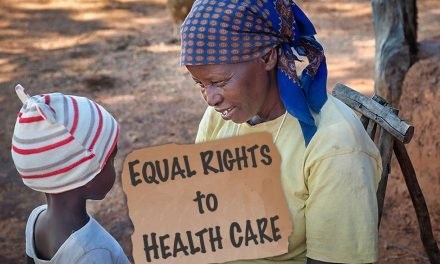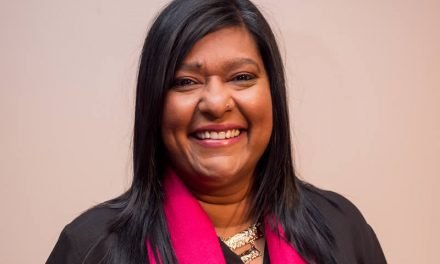
Getting old is not something that happens to ‘other people’
Although most of us hope to lead long lives, the paradox is that we don’t want to get old! But, barring an unforeseen accident or illness, growing older is unavoidable. There is, however, a huge difference between being active, healthy and financially well off in our golden years, as opposed to being frail, ill or immobile, and having to manage on a small pension.
Obviously saving for retirement is vitally important, as is leading a healthy lifestyle. But even those who’ve worked hard all their lives and made provision for their old age may get into difficulties if they survive well into their 80s or 90s.
It’s shocking to know that only 6% of South Africans can retire completely independently of others.
Global Statistics
As life expectancy rises and birth rates decline in developed countries, the median age of the population increases. This can have significant social and economic implications if the increase in the dependency ratio places a higher burden on the shrinking working population.
Apart from the provision of pensions or social grants, an ageing population also increases pressure on health care services, since a number of health problems become more prevalent as people get older. These include mental health problems, especially dementia, as well as physical ailments.
In South Africa, the high unemployment rate and the cost of health care for people with HIV/AIDS places further pressure on the tax payers. Tafta (and others in the NGO sector ) are in partnership with the government – through the Department of Social Development (DSD) – to provide critical services which the government is unable to do on its own.
The Care ‘Gap’
The current government funding model is woefully inadequate. When funds are forthcoming, they fall far short of the true costs of providing services to vulnerable elderly citizens. More worrying in recent years, has been the inability of the Department of Social Development to timeously honour its commitment to maintain its current contributions in step with inflationary increases in service delivery costs.
This leaves organisations like Tafta needing to continually source additional donor funding to meet the ever widening gap. The shortfall or ‘gap’ is worse in three crucial areas of care provided by Tafta: Frail Care, Assisted Living and Social Services through Wellness Centres.
- Frail Care
State Old Age Pensioners and the DSD subsidy cover only 51.9% of Frail Care costs and Tafta is left to provide the remaining 48.1%, a shortfall of around R3 800 per person. - Assisted Living
There is currently no DSD subsidy to help meet the costs of providing assisted living, leaving an approximate shortfall of R2 950 per person per month. - Social services via Lifestyle Centres
DSD allocates R16 per person, per day for a maximum of 100 people attending each Lifestyle Centre, leaving a shortfall of R64 per person per day. Some Tafta centres have more than 400 attending members!
[Figures based on actual costs on 31 March 2015]
What you can do now
Embrace active ageing – stay as healthy as possible and remain actively involved with life … physically, mentally, emotionally and spiritually.
Stand in the gap – we depend on the goodwill of donors and volunteers to help us deliver services and meet the shortfall in funding.





